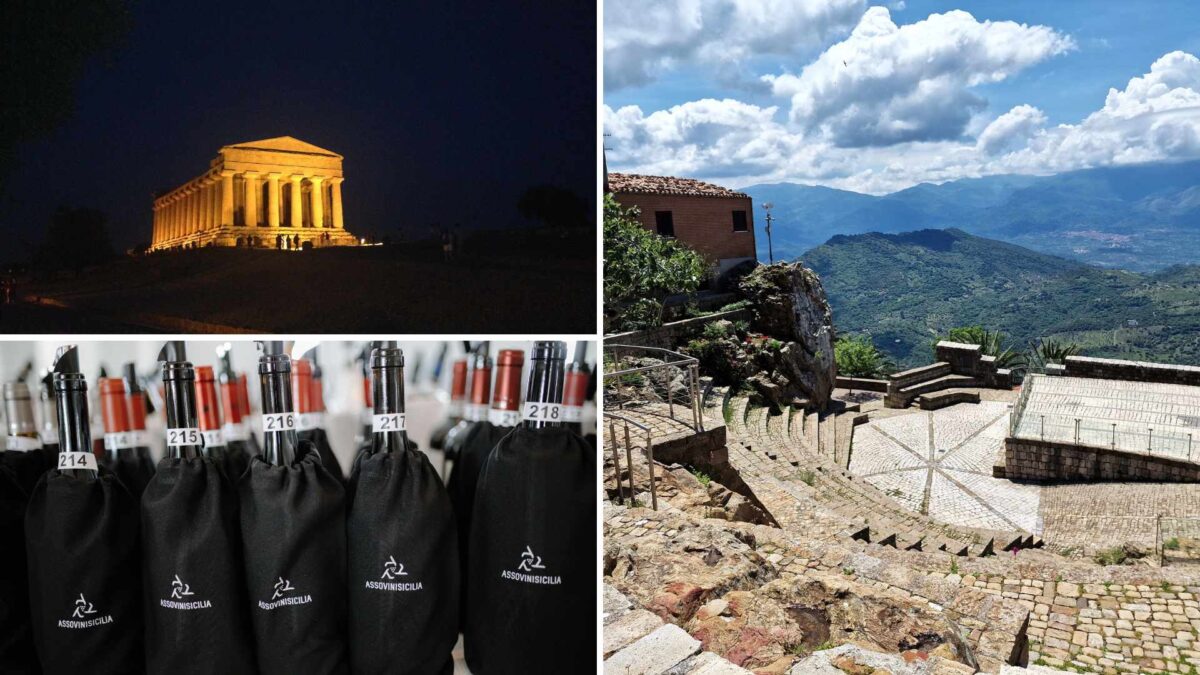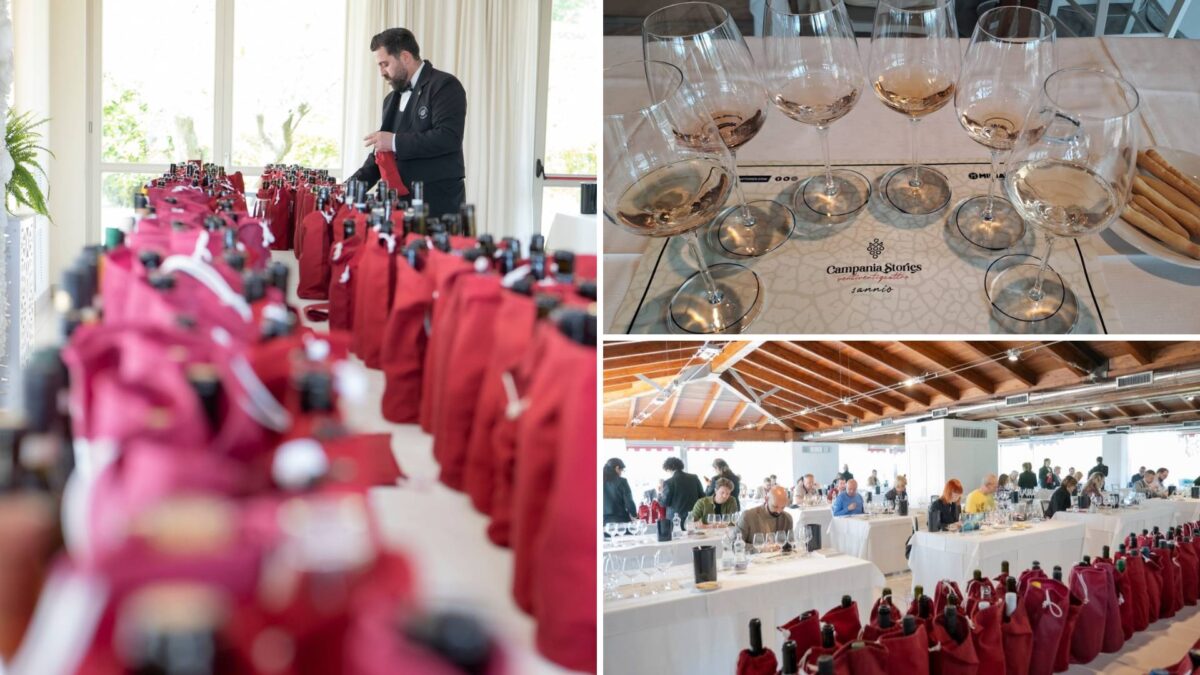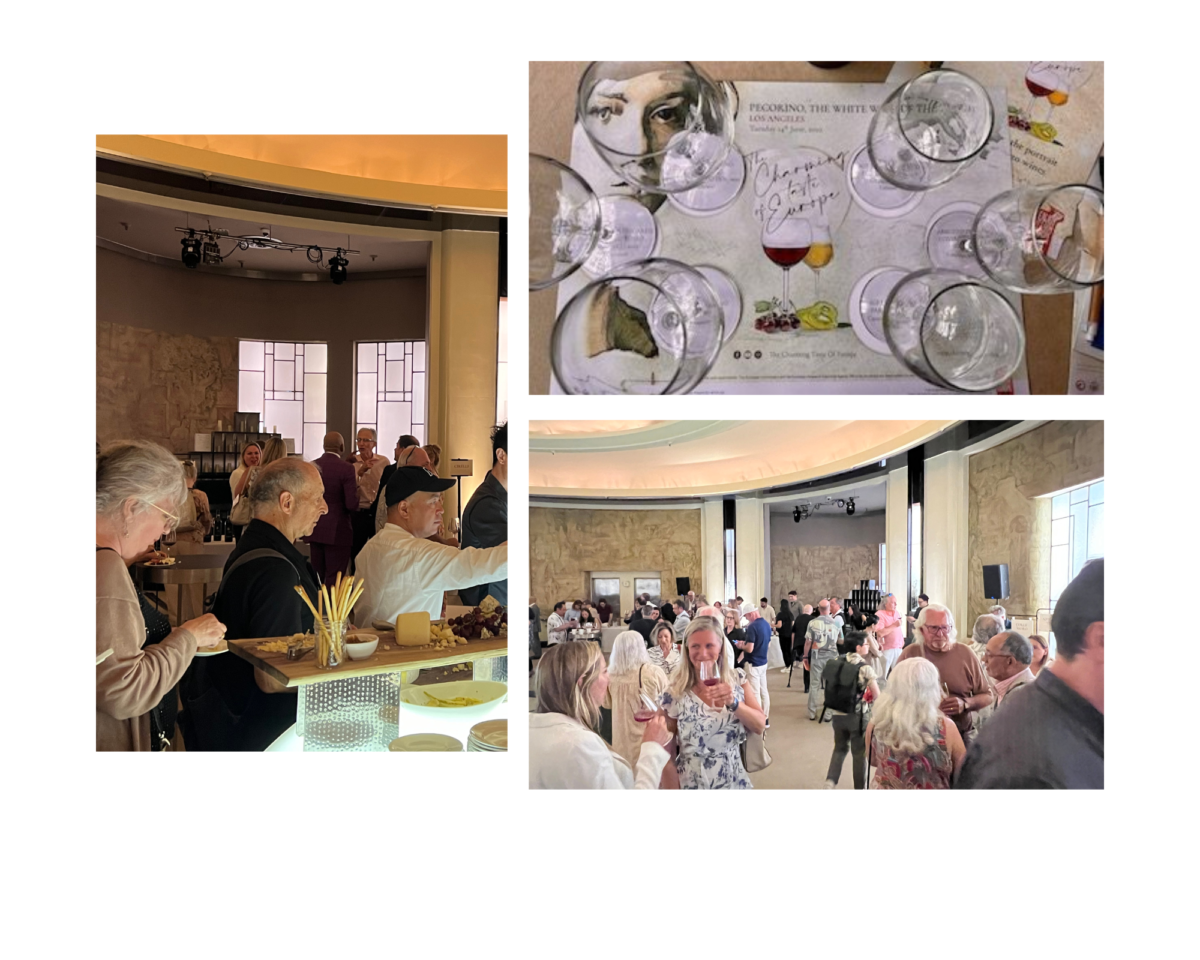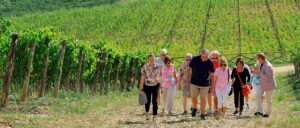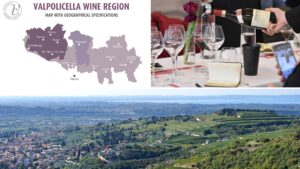May 9th and 10th, the Sicilian wine community achieved a new milestone in Cefalù, Sicily with over 100 wine journalists and 59 wineries who convened to explore and evaluate over 300 labels, participate in five masterclasses, and embark on ten curated wine tours.
For over 25 years Sicilia En Primeur has been celebrating the evolution of a diverse wine region on the Mediterranean’s largest island – Its history, culture, traditions and food are as rich as they are diverse.
Some History
Assovini Sicilia was founded 25 years ago by Diego Planeta, Lucio Tasca d’Almerita and Giacomo Rallo who launched an association and has since grown in membership and international success due to their visionary and collaborative approach. The theme of this year’s event was “ Cultivating The Future” which focused on the evolution of Sicilian wine, its cultural value, wine tourism, and future prospects, with participation from journalists, producers, and industry representatives. Mariangela Cambria, President of Assovini Sicilia, emphasized how the association has promoted a contemporary and dynamic image of Sicily, making it a brand of significant cultural value and international appeal. The association’s success is based on innovation and adaptability, integrating new generations into company management roles and focusing on sustainability and wine tourism. Particular emphasis was on the role of the new generation of wine production in Sicily and illustrated with the poignant video entitled “Next Generation”.
The event was moderated by the prestigious journalist Gioacchino Bonsignore (TG5 Mediaset) and featured presentations from an all-star cast such as the one of Monica Larner, Italian reviewer, Robert Parker Wine Advocate who presented the Trends and Perception of Sicilian Wine in the US Market; a glance at the Past to Imagine the Future in the vineyard by Alessio Planeta, CEO Planeta winery; The Story of a Thriving Partnership by Antonio Rallo, President of the Consortium for the Protection of Sicilia DOC; The New Frontiers of Green and the Experience of the SOStain Sicilia Foundation with Alberto Tasca, President of the SOStain Sicilia Foundation and even more including the ambassador of Sicilian culture Regoli, Director of WineNews.

In addition to the conference, Sicilia En Primeur organized their yearly wine tours of the territory which gives participants a chance to delve deeper into the multitude of Sicily’s wine zones, discovering their evolution and the new frontiers of each area. I have had the chance to explore the central-southern part of the island. So, along with the prominent Nero d’Avola, the identity of Sicily in red in different versions (rosé, sparkling, fruity and light or more structured reds); there were also the whites especially Catarratto in which many producers of the area specifically believe in for the production of wonderful Classic Method Sparkling wine especially at high altitude; I could taste different versions of my beloved Frappato with its versatility and captivating juicy character also able to produce rosé, delicious bubbles or it is blended with the generally more concentrated Nero d’Avola for a perfect balance.

